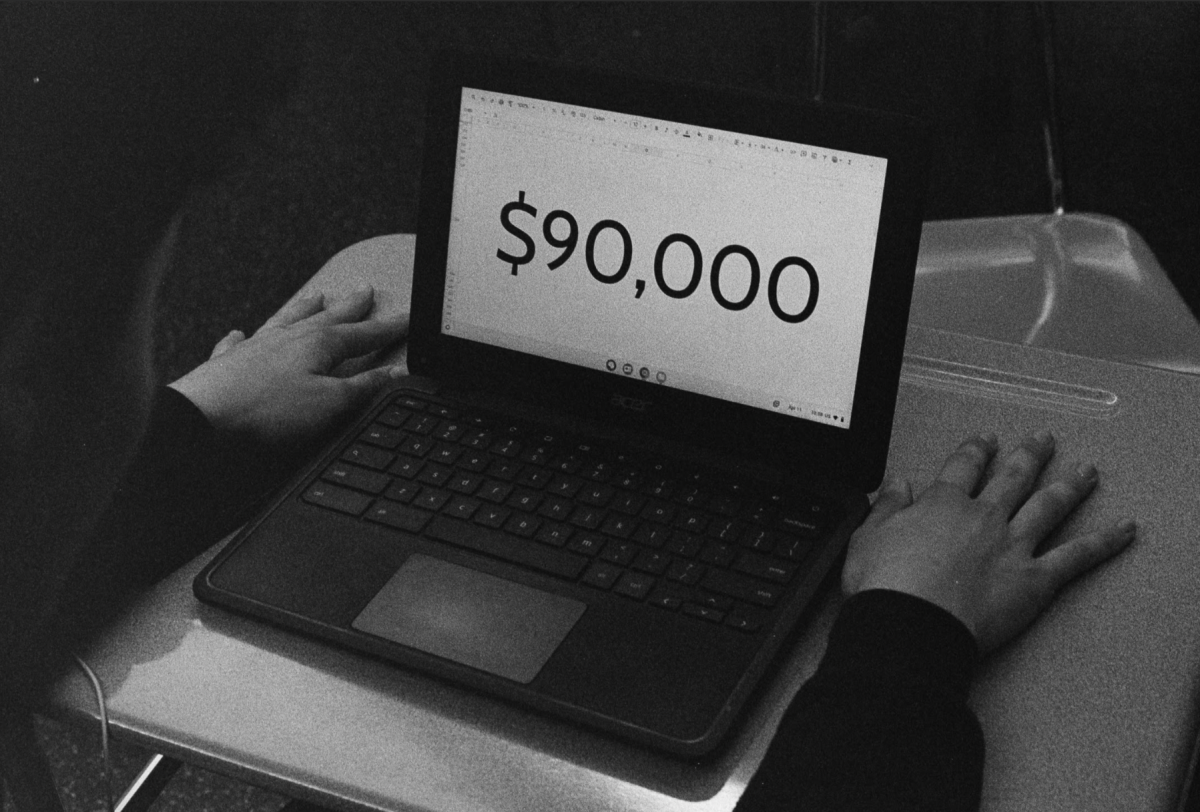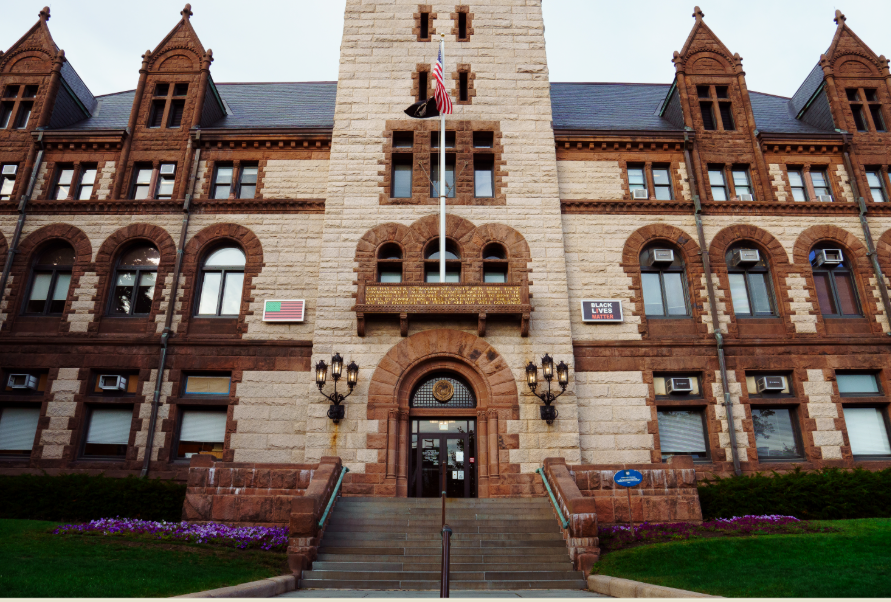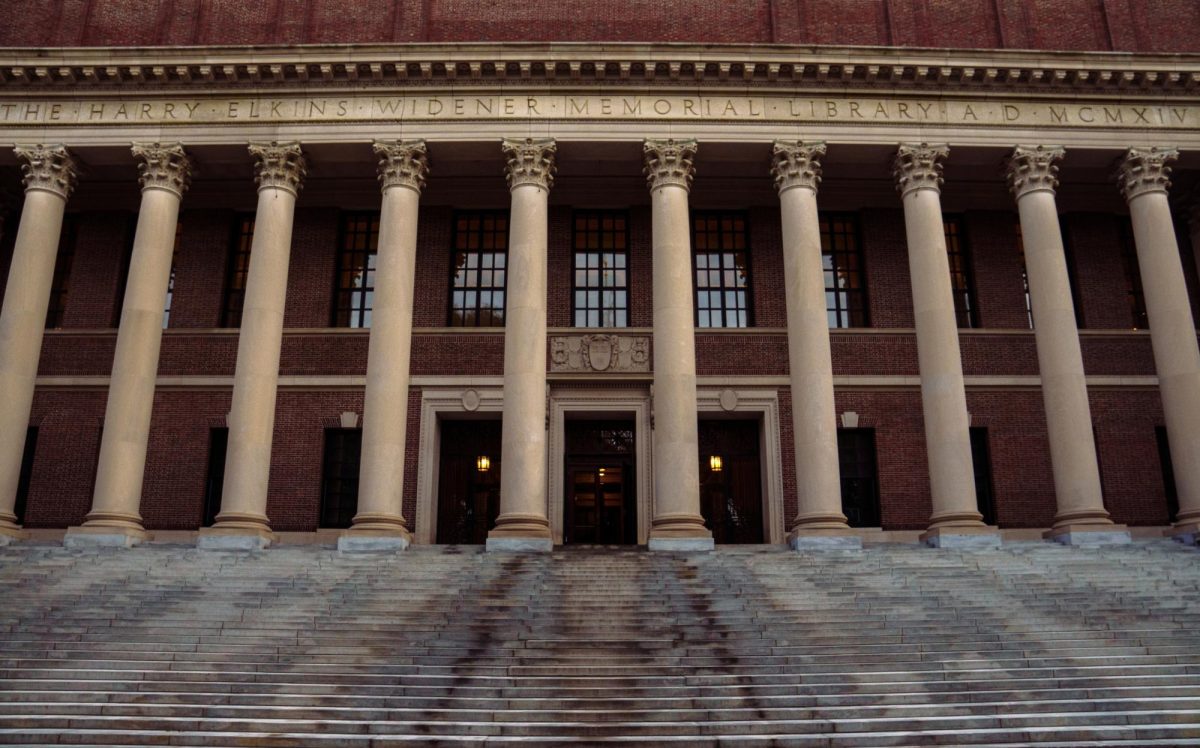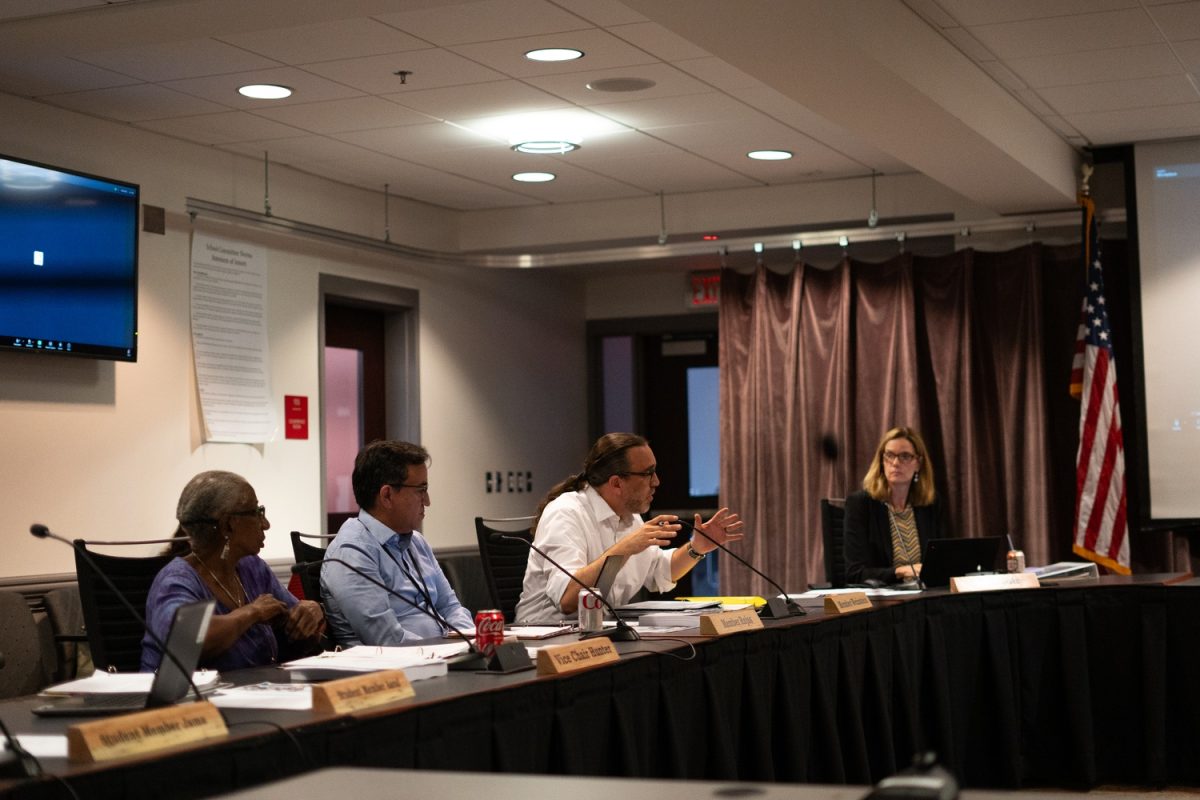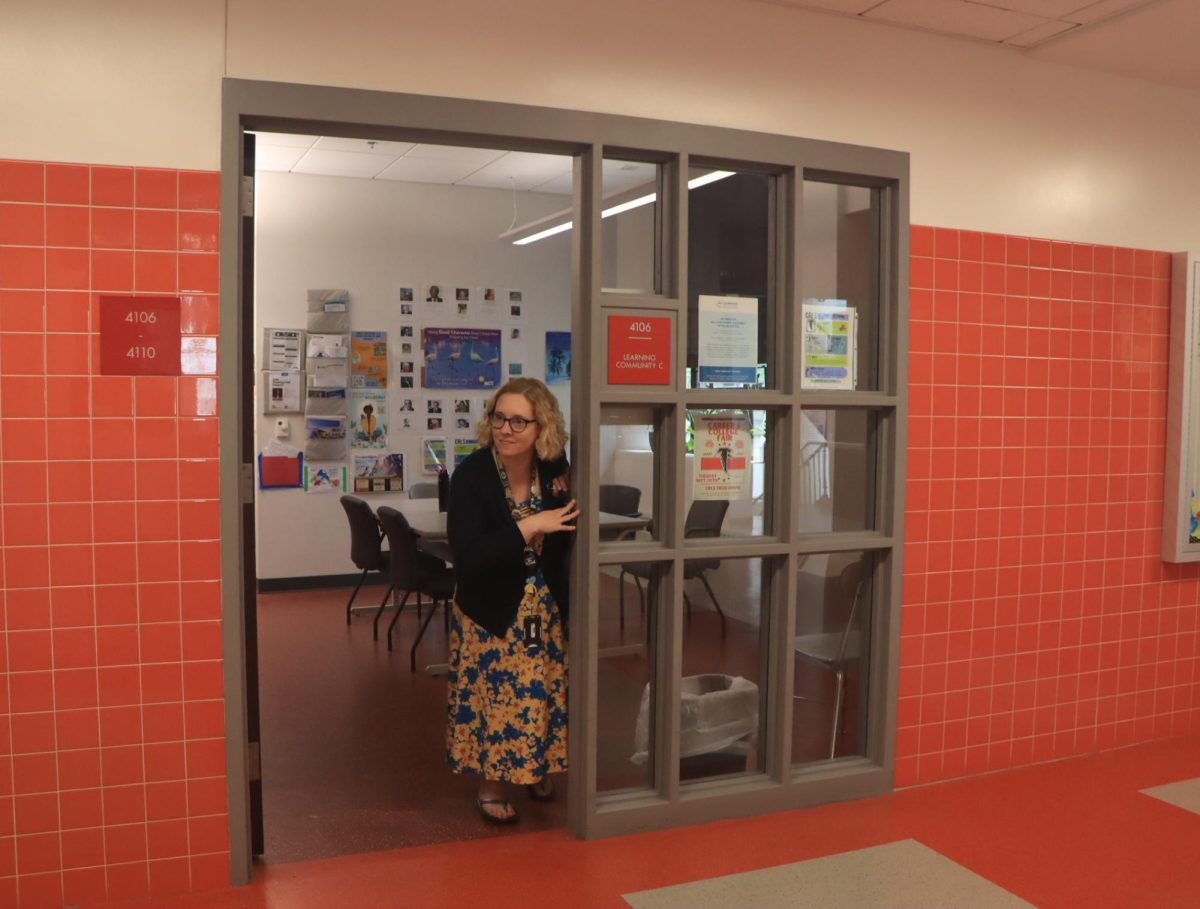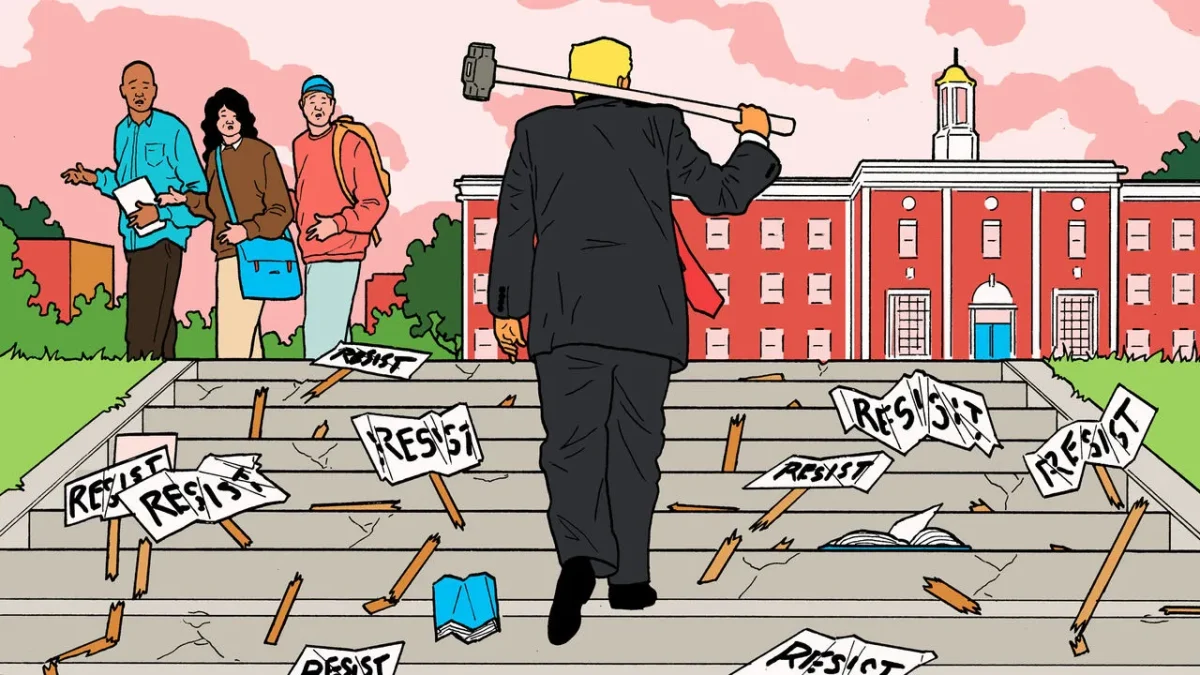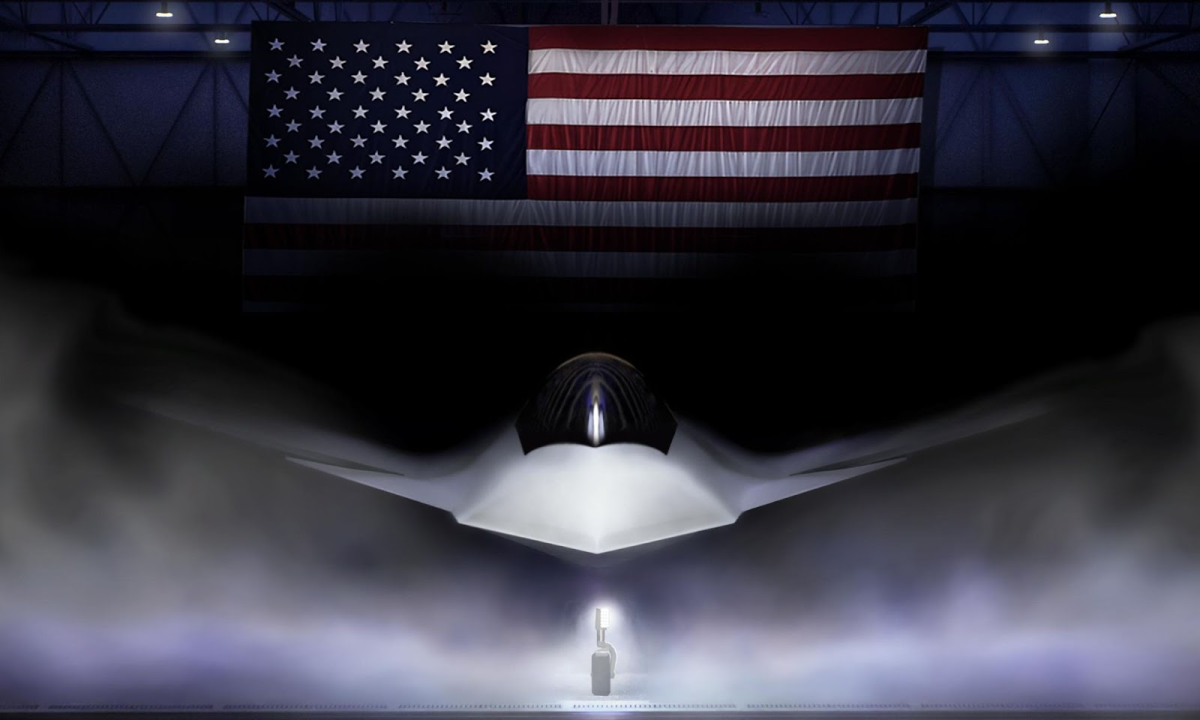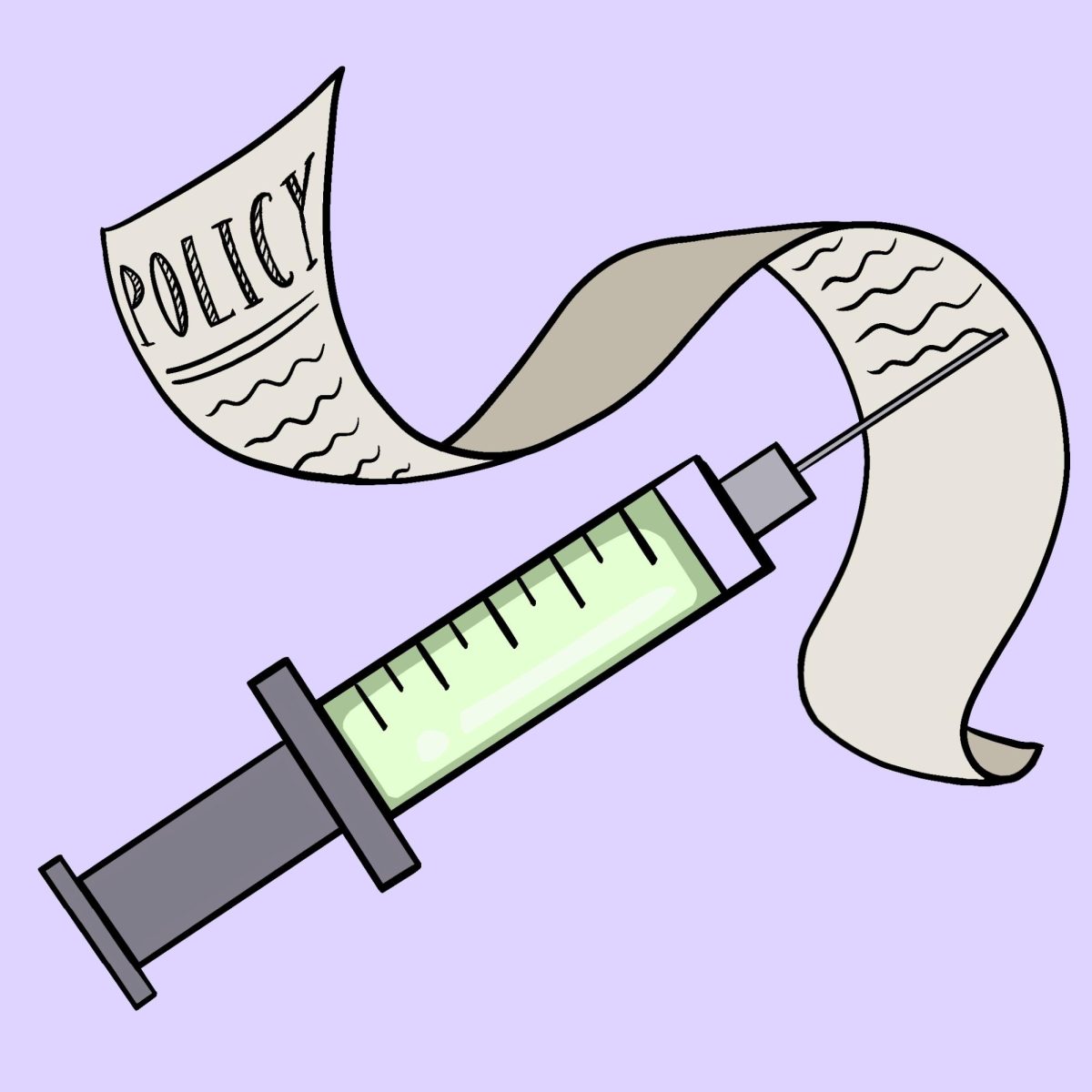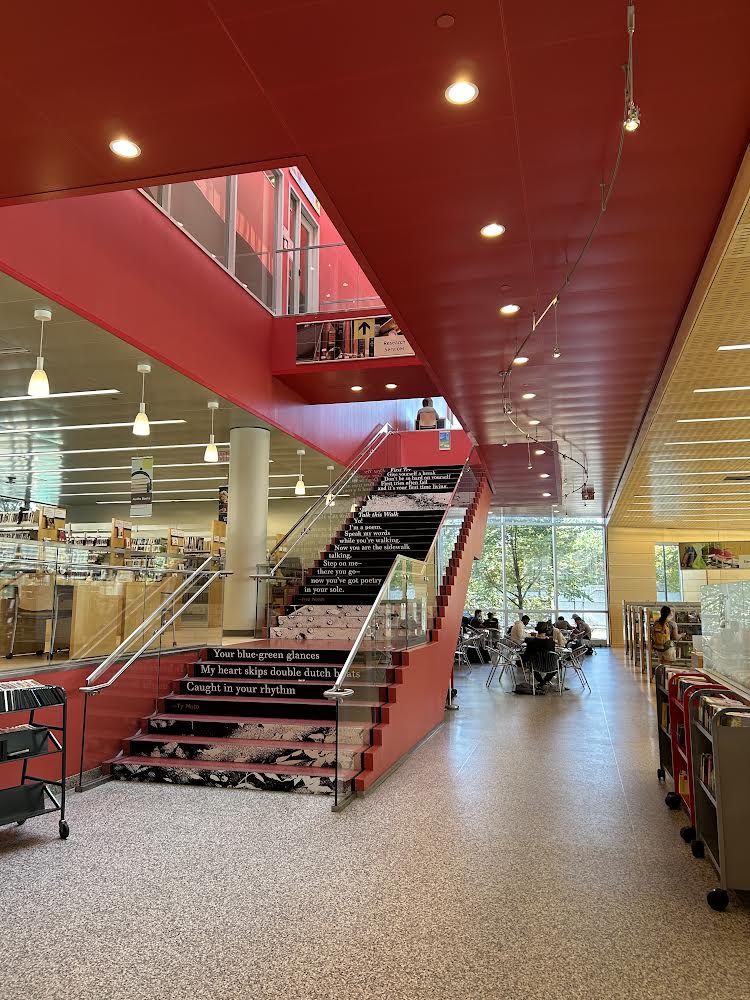Almost 400 years after Harvard, the first college in the US, was founded right here in Cambridge, college fees are close to reaching a record-breaking 6 figures in price. For students attending top universities such as Vanderbilt, Yale, or Wellesley, fees could be between $90,000 and $100,000 for the upcoming school year.
The shocking numbers raise many questions as to how the price of university has risen so significantly. One possible cause is colleges looking to attract the wealthiest families through their high price tuition. “Flagship schools are competing for talented students and families that can pay the sticker price,” Catherine Hill, economist and former president of Vassar College, told CNN.
The college tuitions seen in the US aren’t the norm across the world. On average, the U.S. spends $30,00 a year per college student, almost double the amount spent by other developed nations. Almost a third of developed nations even provide citizens free tuition to college, with the funding coming primarily from the government.
If the same issue of exorbitant prices isn’t matched across the globe, the question remains: Why is college so expensive in the US?
One possible causation comes from increased spending by colleges on student services such as fitness centers, healthcare, and other amenities. In fact, many colleges pay more per student than what the tuition price covers. Brett Sweet, vice chancellor for finance at Vanderbilt, told The New York Times, “The gap between the price and cost of attendance is funded by our endowment and the generous philanthropy of donors and alumni.”
Finally, the demand for employees with college degrees, the price needed to pay college professors, decreased state government funding, and inflation in the economy have all contributed to the rise in fees.
Despite the high sticker prices many universities are announcing, most students won’t end up paying the full amount. At Vanderbilt, only 35% of students actually pay $98,426 for one year at the school: most students receive some form of financial aid and scholarships. Similarly, at 4-year public universities, an average of 31% of students pay the full prices, with an average of 18% at 4-year private universities.
Facing the issue of such high college fees, many students turn to aid services such as FAFSA (Free Application for Federal Student Aid), to lower the amount they actually pay. In fact, about 1 in 7 students are eligible for federal aid, though not all those who are eligible applied to receive it. In that light, students are encouraged to apply for FAFSA even if they aren’t sure if they will be eligible.
Many students also receive aid directly from the colleges themselves. As one of the universities looking closer to a 6 figure price for fees, Jeremiah Quilan, Dean of Undergraduate Admissions at Yale University stated to CNN, “I am proud that Yale is one of only a small handful of institutions that meet 100% of all families’ demonstrated financial need without requiring students or parents to take out loans.”
Despite the relief financial aid and scholarships provide for many students, the fact remains:college fees continue to rise with no end in sight.

